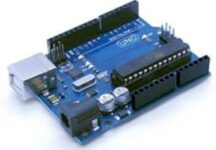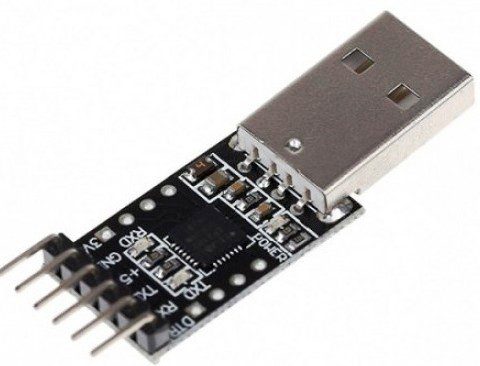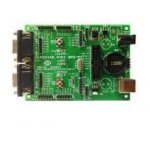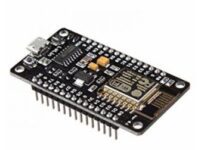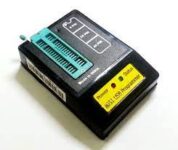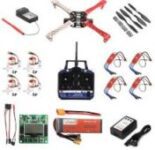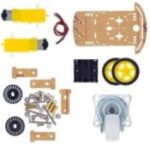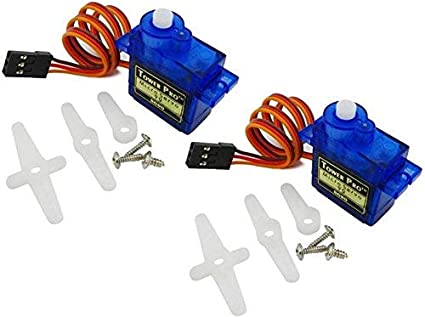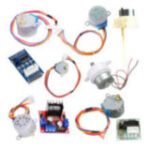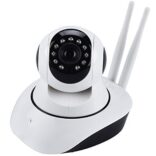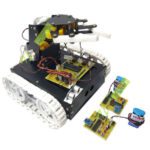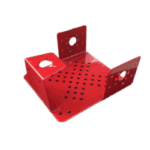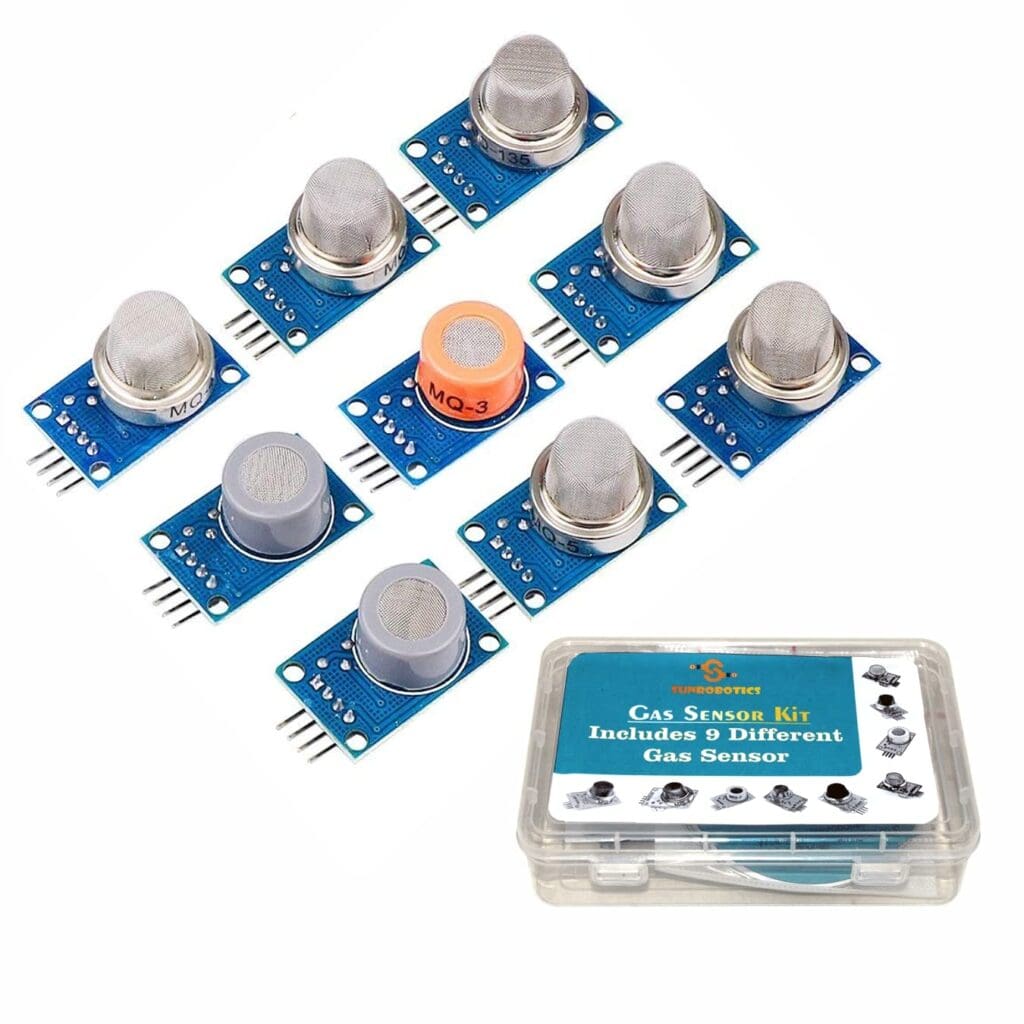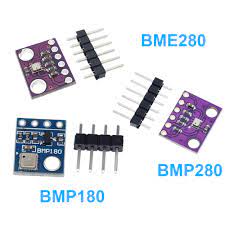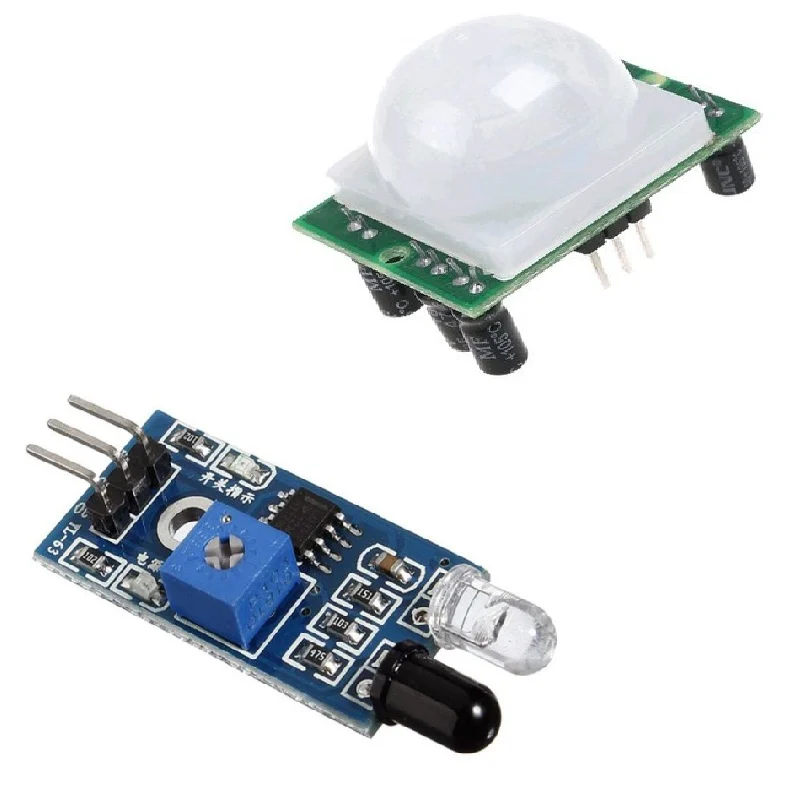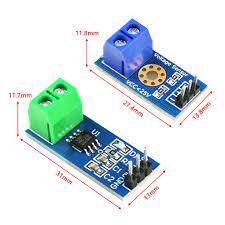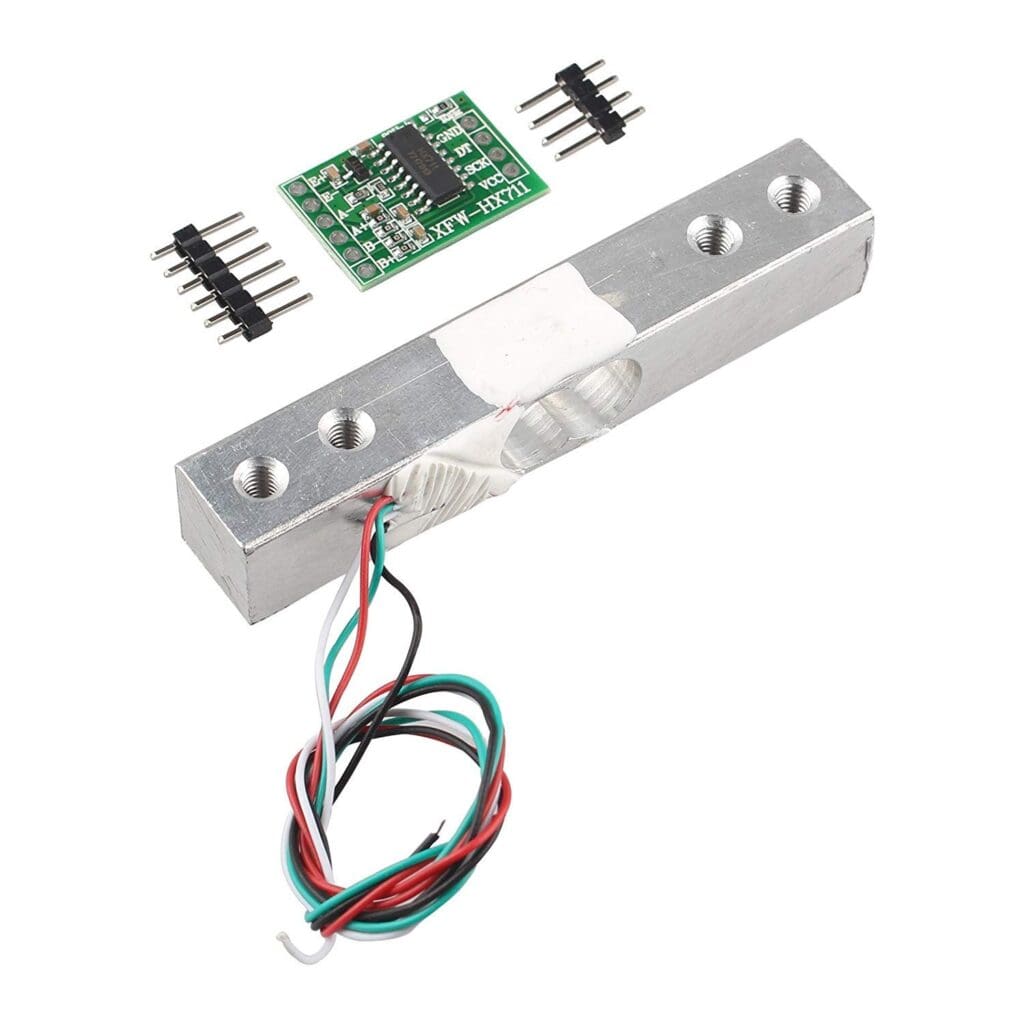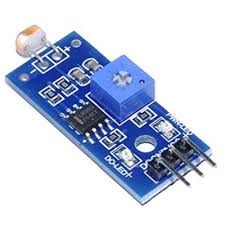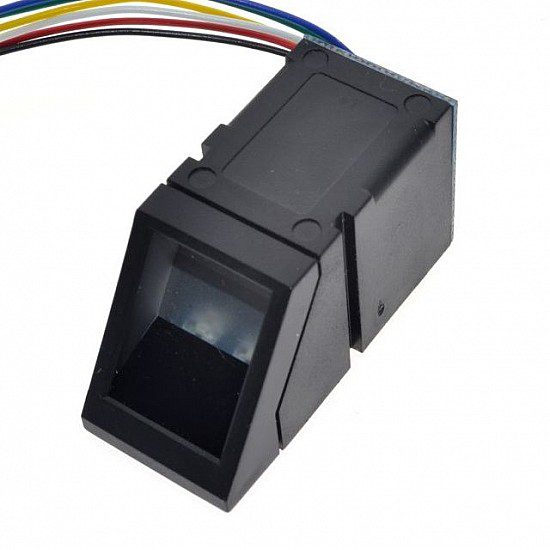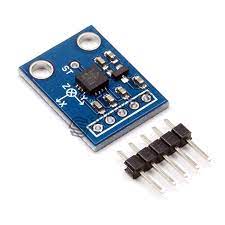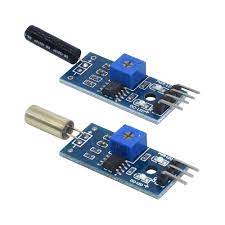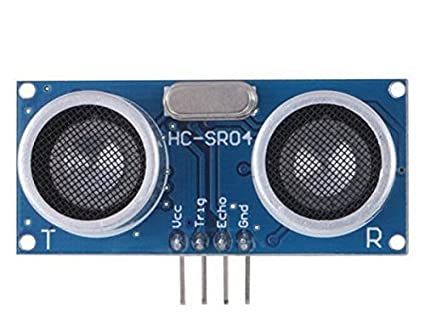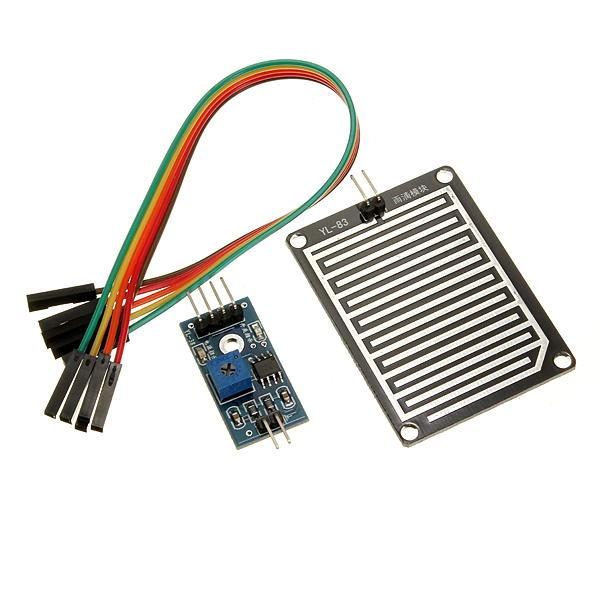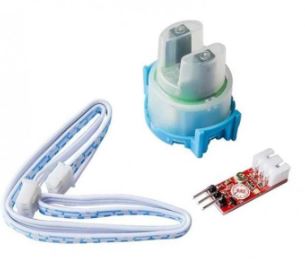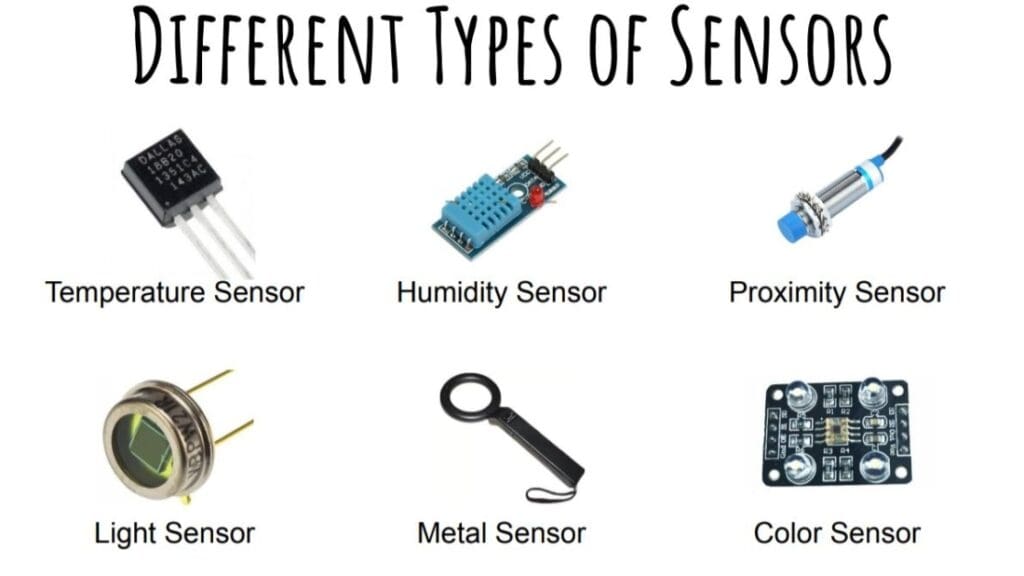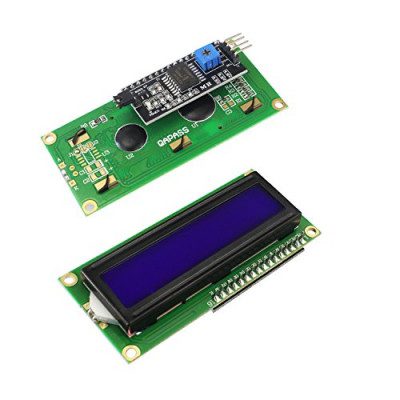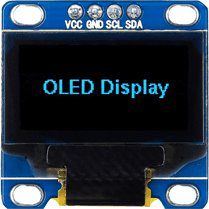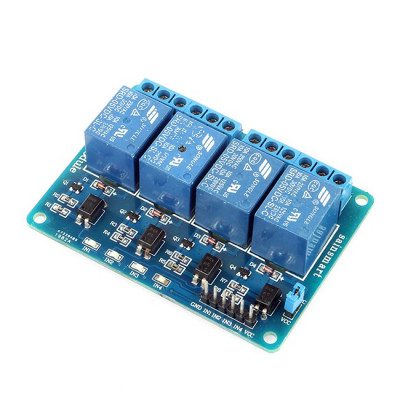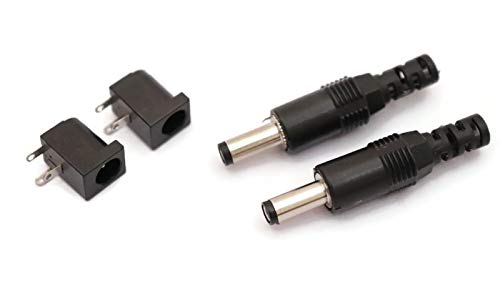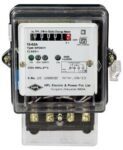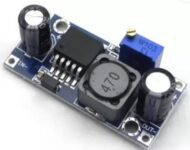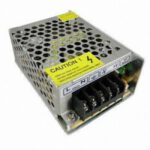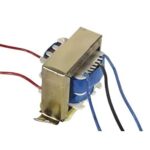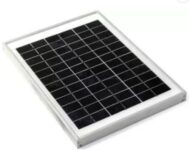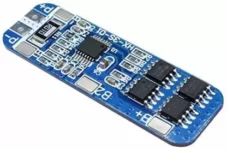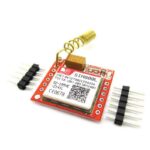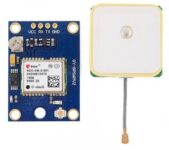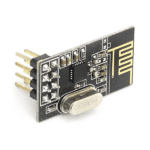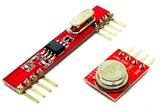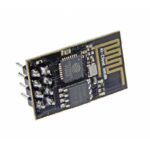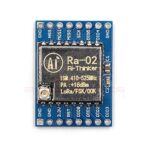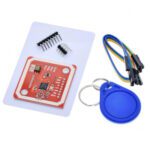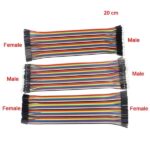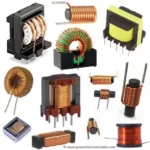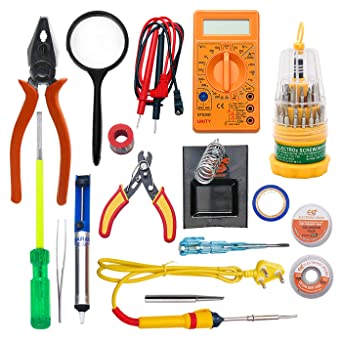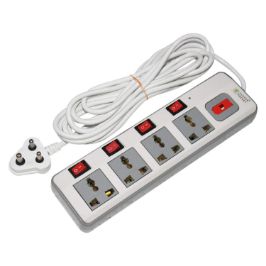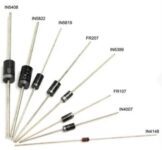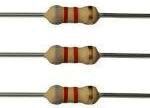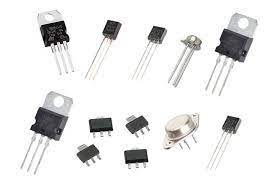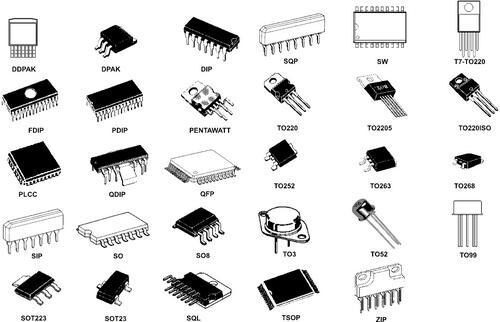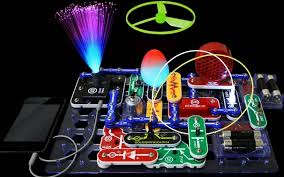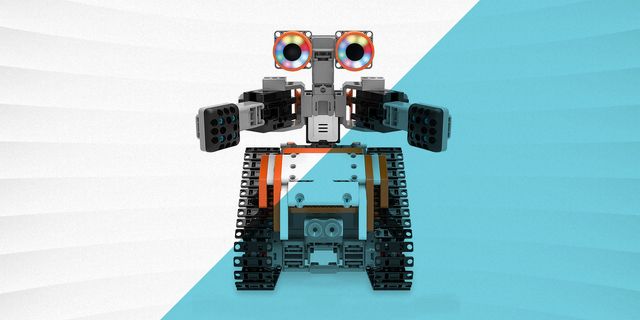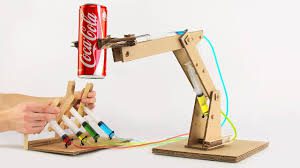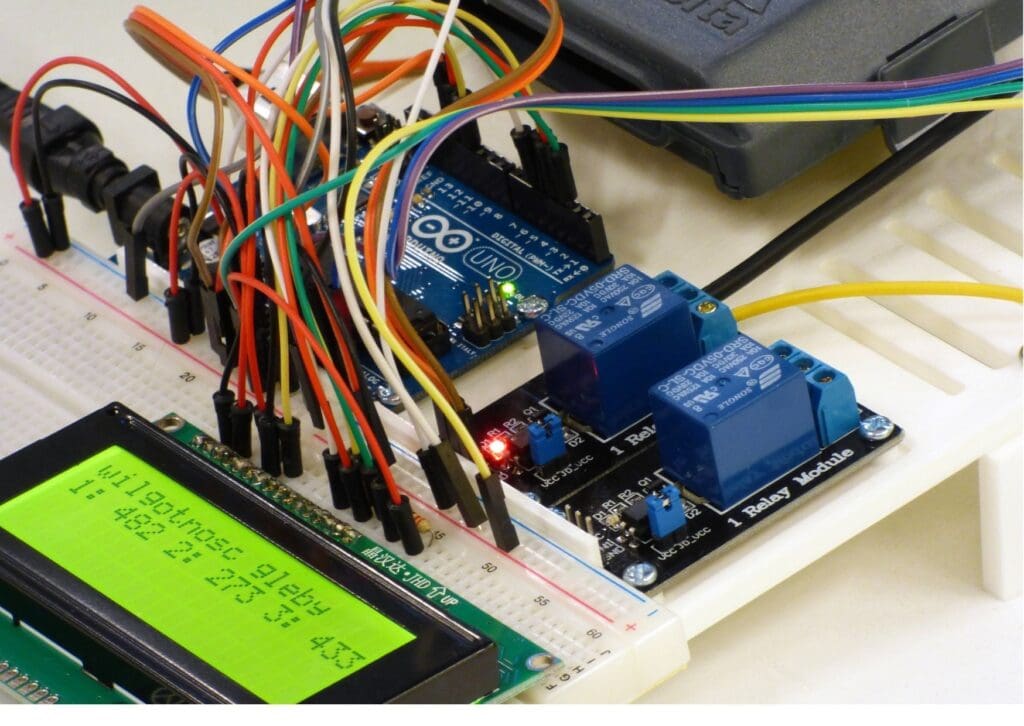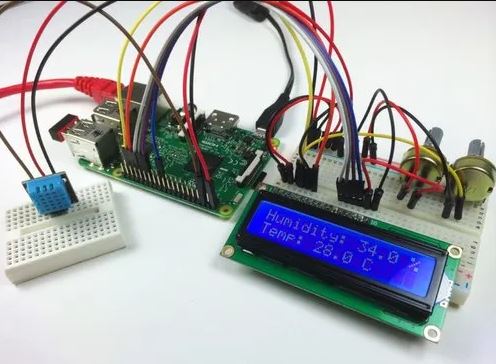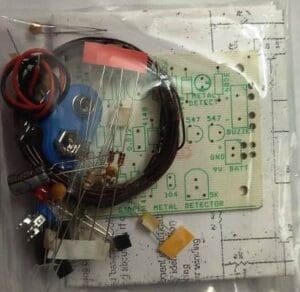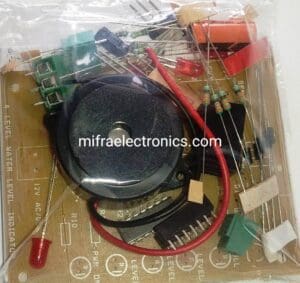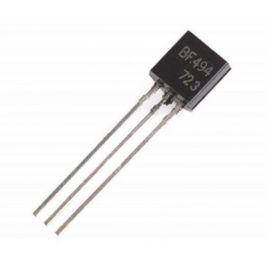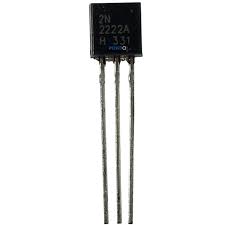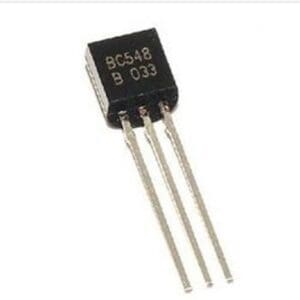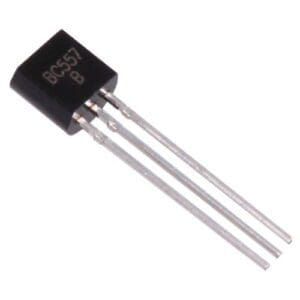Introduction
- The convergence of 3D printing technology and electronics manufacturing has unlocked a realm of possibilities in the creation, customization, and integration of electronic devices. This synergy has revolutionized traditional manufacturing processes, enabling engineers, designers, and hobbyists to innovate and iterate with unprecedented speed and flexibility.
- With 3D printing, intricate electronic components and structures can be produced layer by layer, allowing for precise control over geometry, material composition, and functionality. This capability has led to advancements in printed circuit boards (PCBs), customized enclosures, embedded sensors, and flexible electronics, among other applications.
- Furthermore, the accessibility of 3D printing technology has democratized electronics design and fabrication, empowering individuals and small businesses to bring their ideas to life without the need for expensive tooling or manufacturing facilities. From prototyping and rapid iteration to small-batch production and customizations, 3D printing offers a versatile and cost-effective solution for electronics manufacturing across various industries.
- In this era of innovation, the marriage of 3D printing and electronics holds immense potential to reshape the landscape of product development, enabling the creation of smarter, more personalized devices that meet the diverse needs of consumers and businesses alike. As additive manufacturing techniques continue to evolve, we can expect to see further integration of 3D printing with electronics manufacturing processes, driving advancements in areas such as wearables, Internet of Things (IoT), and advanced manufacturing.
Projects Categories:
Products Categories:
- Robotics
- Actuators
- Camera Modules
- Drone Kits
- Drone Components
- Chassis
- DC Motors
- Other Robotic accessories
- Pick and Place Modules
- Robotic Kit
- Servo Motors
- Stepper Motors
- Wheels
- Microcontrollers & Programmers
- 8051 Microcontroller
- Arduino Microcontroller
- ARM Development Board
- Interface Module
- NODMCU / ESP Modules
- PIC Microcontroller
- Raspberry Pi
- Devices and Actuators
- Display Modules
- Sensors & Module
- Power Supply / Batteries
- Wireless modules
- Electronic Components
- Wholesale Market
Description
The convergence of 3D printing and electronics manufacturing represents a significant advancement in modern technology. This intersection allows for the creation of electronic devices and components in ways that were previously impossible or impractical. Here’s a detailed description of how 3D printing is revolutionizing electronics:
1. Customization and Rapid Prototyping
- One of the key advantages of 3D printing in electronics is its ability to rapidly prototype and customize designs. Engineers and designers can quickly iterate on their concepts, testing different form factors, component placements, and functionalities without the need for expensive tooling or manufacturing setups.
- This flexibility is particularly valuable in industries where product customization and quick turnaround times are crucial, such as consumer electronics, medical devices, and aerospace.
2. Complex Geometries and Integrated Designs
- 3D printing enables the creation of complex geometries and integrated designs that are challenging or impossible to achieve with traditional manufacturing methods. This capability allows for the consolidation of multiple components into a single printed part, reducing assembly complexity and overall part count.
- Integrated designs also facilitate the creation of more compact and lightweight electronic devices, opening up new possibilities for miniaturization and portability in various applications.
3. Printed Circuit Boards (PCBs) and Electronics Integration
- Additive manufacturing techniques have evolved to include the direct printing of functional electronic components and circuits onto substrates. This eliminates the need for separate PCB fabrication and assembly processes, streamlining production and reducing material waste.
Conductive inks and filaments enable the printing of conductive traces, vias, and pads directly onto substrates, allowing for the creation of fully functional PCBs in a single manufacturing step.
4. Embedded Electronics and Functional Integration
- 3D printing allows for the embedding of electronic components, such as sensors, antennas, and actuators, directly into printed parts. This integration enhances the functionality and performance of electronic devices while reducing their overall footprint and weight.
- Embedded electronics also offer enhanced durability and protection against environmental factors, making them suitable for rugged applications in industries such as automotive, aerospace, and defense.
5. Education and Accessibility
- The accessibility of 3D printing technology has democratized electronics design and fabrication, making it more accessible to students, hobbyists, and entrepreneurs. Desktop 3D printers and open-source resources provide individuals with the tools and knowledge to experiment with electronics and bring their ideas to life.
- This democratization of electronics manufacturing fosters creativity, innovation, and entrepreneurship, driving advancements in various fields and industries.
- In summary, the integration of 3D printing and electronics manufacturing offers a wealth of opportunities for innovation and advancement. From custom-designed consumer electronics to high-performance aerospace components, 3D printing is reshaping the way electronic devices are designed, manufactured, and integrated into our daily lives.

Working Of 3D Printers In Electronics
- The working principle of 3D printers for electronics involves additive manufacturing techniques to create electronic components and devices layer by layer. Here’s how it generally works:
1. Design Preparation
- The process begins with the creation or acquisition of a digital design file for the electronic component or device to be printed. This design is typically created using computer-aided design (CAD) software or obtained from online repositories.
2. Slicing
- The digital design file is sliced into thin horizontal layers using slicing software. Each layer represents a cross-section of the final object. The slicing software generates a set of instructions (G-code) that directs the 3D printer on how to build each layer.
3. Material Selection
- Depending on the specific requirements of the electronic component or device, appropriate materials are selected for printing. These materials may include thermoplastics, conductive inks, filaments, resins, or composite materials with conductive additives.
4. Printing Process
- The 3D printer begins the printing process by depositing the selected material layer by layer according to the instructions provided by the slicing software.
- For electronic components such as printed circuit boards (PCBs), conductive traces and pads are printed using conductive inks or filaments. These materials are deposited onto the substrate to create the desired circuit layout.
- For complex electronic devices, multiple materials may be used in a single print job to create functional parts, housings, and integrated circuits.
5. Post-Processing and Assembly
- Once the printing process is complete, the printed object may undergo post-processing steps such as curing, cleaning, or surface finishing to improve its appearance and performance.
- Electronic components may be assembled onto the printed substrate or integrated directly into the printed part during the printing process.
- Additional post-processing steps, such as soldering, wiring, and testing, may be required to complete the assembly of the electronic device.
6. Testing and Quality Control
- The printed electronic components and devices undergo rigorous testing to ensure they meet the required specifications and performance standards.
- Functional testing, electrical testing, and quality control checks are performed to verify the functionality, reliability, and safety of the printed electronics.
- Overall, 3D printers for electronics enable the rapid prototyping, customization, and production of electronic components and devices with complex geometries, integrated designs, and embedded functionalities. This additive manufacturing approach offers unprecedented flexibility and versatility in electronics manufacturing, driving innovation and advancement in various industries.


The types of 3D printers in the field of electronics
1. Fused Deposition Modeling (FDM) / Fused Filament Fabrication (FFF)
- FDM/FFF printers extrude thermoplastic filaments through a heated nozzle, making them suitable for prototyping structural components in electronics.
- Conductive filaments can be used for basic circuitry, but they have limited conductivity and resolution.
2. Stereolithography (SLA)
- SLA printers solidify liquid photopolymer resin using a laser, offering high resolution and smooth surface finish for intricate electronic components.
Ideal for printing detailed prototypes, connectors, and housings in electronics due to their precision and accuracy.
3. Digital Light Processing (DLP)
- DLP printers cure photopolymer resin with a digital light projector, enabling faster print speeds compared to SLA printers.
Suitable for high throughput applications and producing detailed prototypes, molds, and small electronic parts.
4. Selective Laser Sintering (SLS)
- SLS printers sinter powdered materials, like nylon, with a laser, creating parts with high strength and durability for functional prototypes and end-use electronic components.
- Commonly used for printing heat-resistant enclosures, brackets, and custom connectors in electronics.
5. Direct Ink Writing (DIW)
- DIW printers extrude conductive inks or pastes, allowing for the creation of flexible electronic circuits and components.
Ideal for printing stretchable electronics, sensors, and wearable devices, contributing to research and development of novel electronic materials and applications.
6. Multi-material 3D Printers
- Multi-material printers can simultaneously print with various materials, combining conductive, insulating, and flexible materials to create complex electronic devices.
- Versatile in designing and prototyping electronic devices with diverse material properties, enabling the integration of functionalities within a single print job.
Uses And Applications
- Transistors have a plethora of real-world uses and applications across various industries. Here are some common examples:
1. Computing and Information Technology
- Transistors are the fundamental components of microprocessors, which power computers, smartphones, tablets, and other digital devices.
They are used in memory chips (RAM and ROM) for data storage and retrieval. - Transistors form the basis of logic gates, which are the building blocks of digital circuits, enabling arithmetic and logical operations in computers.
2. Communication Systems
- Transistors are used in radio frequency (RF) amplifiers and oscillators, enabling wireless communication technologies such as Wi-Fi, Bluetooth, and cellular networks.
- They are found in transceivers and signal processing circuits in telecommunications equipment like routers, modems, and base stations.
- Transistors are utilized in audio amplifiers for sound processing and amplification in devices like speakers, headphones, and audio receivers.
3. Power Electronics
- Transistors are crucial in power converters and inverters for converting DC (direct current) to AC (alternating current) and vice versa. These are used in renewable energy systems, electric vehicles, and industrial motor drives.
- They are employed in voltage regulators and power management circuits to regulate and control voltage levels in electronic systems.
- Transistors play a vital role in switching power supplies, which are used in electronic devices for efficient power distribution and regulation.
4. Automotive Industry
- Transistors are used in engine control units (ECUs) for controlling fuel injection, ignition timing, and other aspects of engine operation.
- They are found in electronic stability control systems, anti-lock braking systems (ABS), and airbag deployment systems for vehicle safety.
- Transistors are utilized in electric vehicles (EVs) and hybrid vehicles for motor control and power conversion in the drivetrain.
5. Medical Devices
- Transistors are used in medical imaging equipment such as MRI machines, CT scanners, and X-ray machines for signal processing and amplification.
- They are employed in pacemakers, defibrillators, and other implantable medical devices for controlling electrical impulses in the
- Transistors are found in monitoring and diagnostic equipment used in hospitals and clinics, such as ECG machines, ultrasound devices, and blood glucose monitors.
- Overall, transistors are ubiquitous in modern technology, playing essential roles in nearly every electronic device and system we encounter in our daily lives.
Conclusion
- In conclusion, robotics has emerged as a transformative force across a wide spectrum of industries and domains, revolutionizing the way we work, live, and explore. From enhancing efficiency and precision in manufacturing to enabling groundbreaking discoveries in space exploration, the applications of robotics are vast and diverse.
- Through the seamless integration of hardware, software, and advanced algorithms, robots are increasingly capable of perceiving their environment, making autonomous decisions, and executing complex tasks with precision and reliability. This capability not only enhances productivity and efficiency but also opens up new possibilities for innovation and problem-solving.
- Moreover, robotics technology is not limited to industrial settings but extends its impact to healthcare, agriculture, logistics, education, entertainment, defense, and beyond. Whether it’s assisting surgeons in delicate medical procedures, automating agricultural tasks to improve food production, or entertaining audiences with interactive robotic exhibits, robots are reshaping various aspects of our lives.
- As we continue to push the boundaries of robotics technology, it is essential to consider the ethical, social, and economic implications of its widespread adoption. Ensuring that robotics technologies are developed and deployed responsibly, with a focus on safety, accessibility, and equity, will be crucial in maximizing their benefits while addressing potential challenges.
- In essence, robotics represents a journey of innovation, exploration, and collaboration, offering boundless opportunities to push the frontiers of technology and improve the human experience. By harnessing the power of robotics, we can pave the way for a future where intelligent machines work alongside humans to create a more efficient, sustainable, and prosperous world.
For additional blog content, to explore further insights and articles. Click here
433MHz RF Module Works &
Working 433MHz RF Module Works & Interfacing With Arduino Introduction Wireless communication has become an...
Read MoreVoice Recognition Technology
Voice Recognition Technology Introduction Voice recognition technology, a groundbreaking innovation in the realm of electronics,...
Read MoreHow to attach heat sink
How to attach heat sink to raspberry pi 4 INTRODUCTION Attaching a heat sink to...
Read MoreUnderstanding Integrated Circuit And Microchips
Understanding Integrated Circuit And Microchips Introduction Integrated circuits (ICs), often referred to as microchips, are...
Read More


